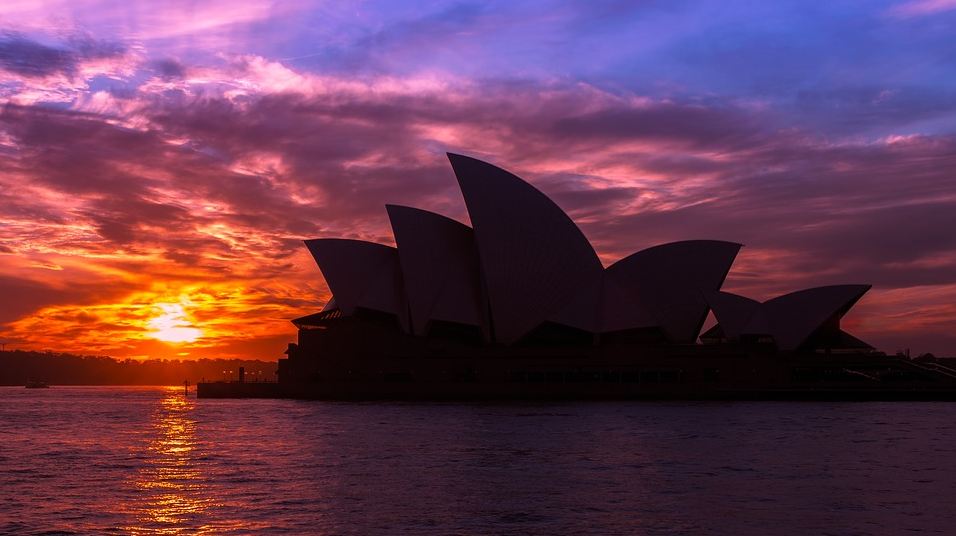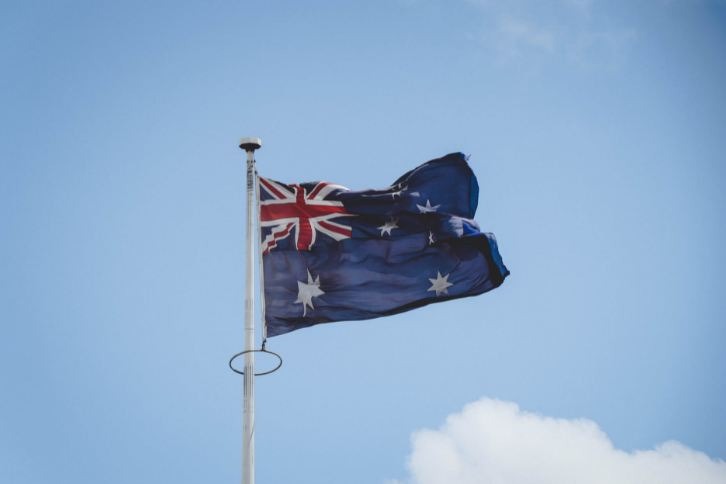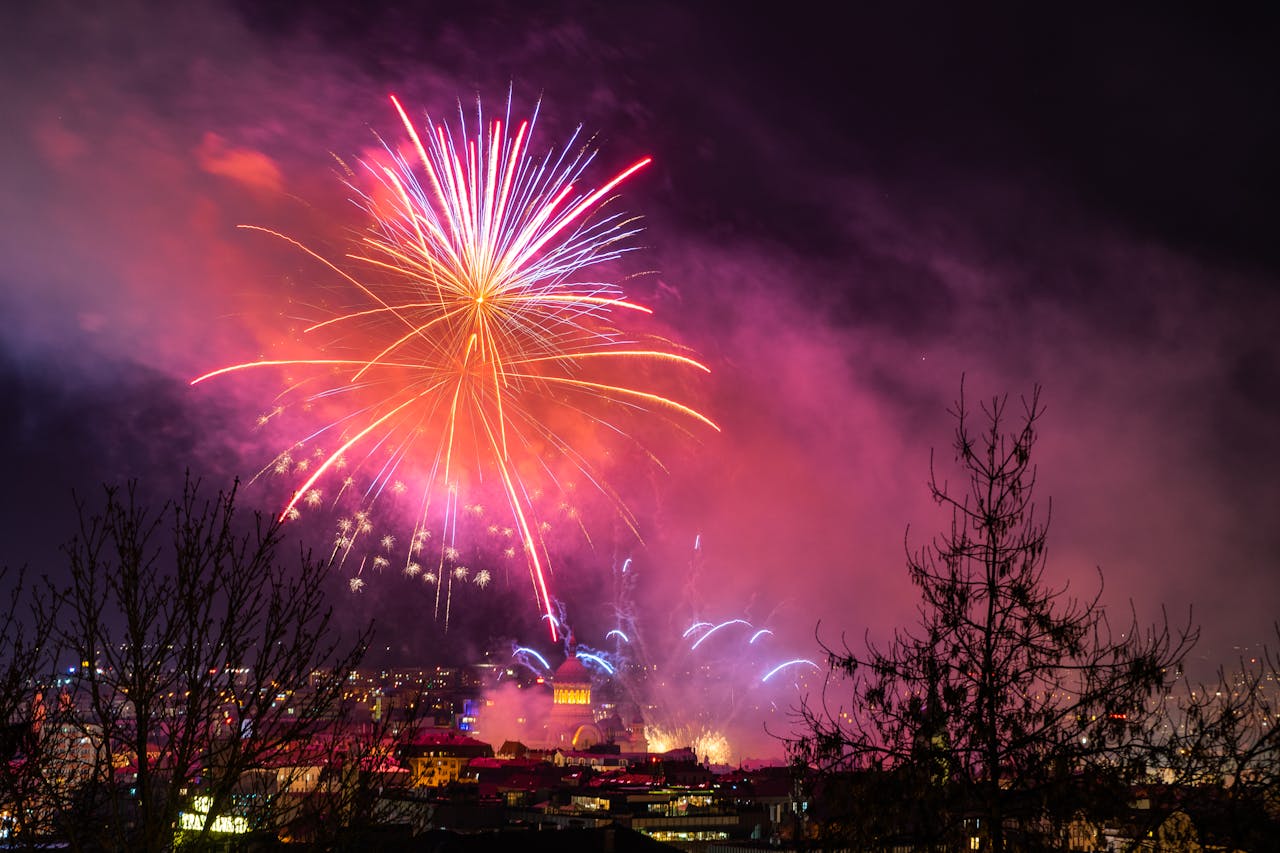How Many States Are in Australia? A Guide to the Australian States
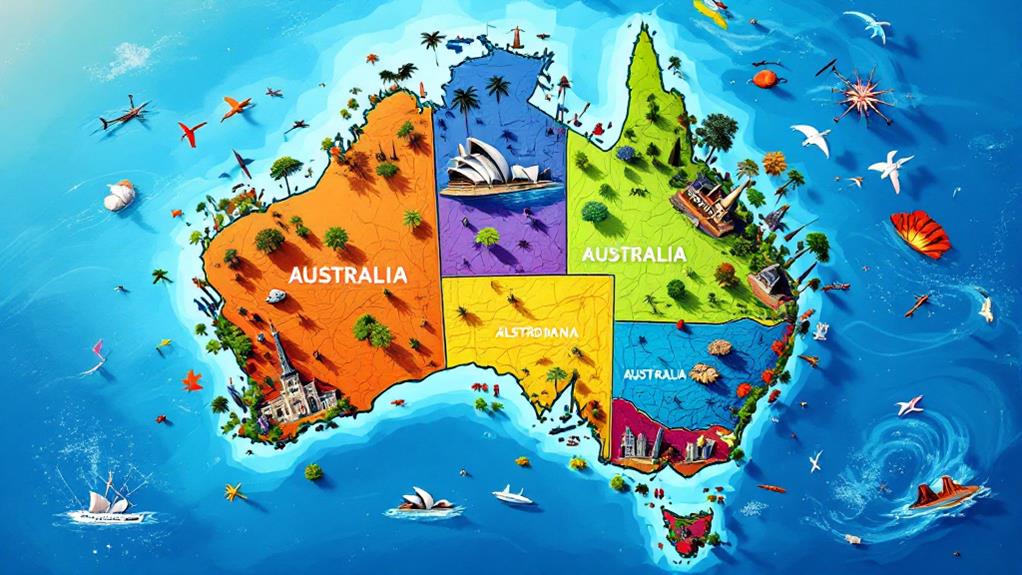
Australia has six states: New South Wales, Victoria, Queensland, Western Australia, South Australia, and Tasmania. Each state offers something unique. In New South Wales, you'll find Sydney's iconic Opera House. Victoria is known for Melbourne's lively arts scene. Queensland boasts the stunning Great Barrier Reef. Western Australia impresses with vast landscapes and Perth's beautiful beaches. South Australia is celebrated for its wine regions. Tasmania, the "Apple Isle," captivates with its natural beauty. Besides the states, there are internal territories like the Australian Capital Territory, and more. There's a lot more that makes this country fascinating and worth exploring further.
Australia's Six States
Australia, a vast and diverse country, comprises six unique states: New South Wales, Victoria, Queensland, Western Australia, South Australia, and Tasmania. Each of these states offers something distinct and enchanting. New South Wales, the most populous state, boasts around 8.1 million residents. Its capital, Sydney, is a lively metropolis known for its iconic Opera House and Harbour Bridge. Moving south, Victoria is celebrated for its colorful cultural and culinary scene, with Melbourne as its dynamic capital, home to about 6.7 million people.
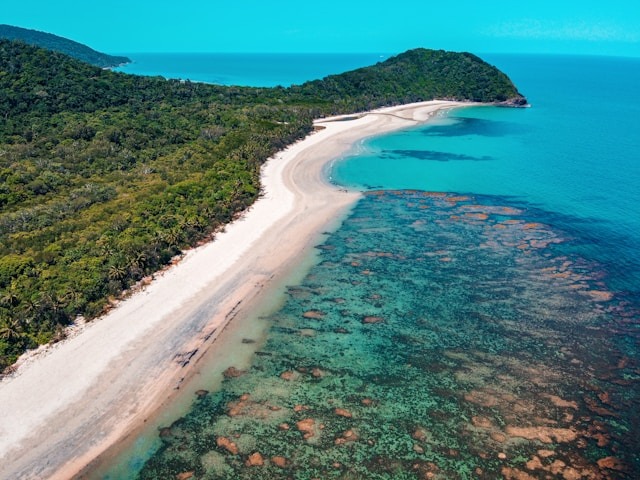
Queensland, often referred to as the Sunshine State, attracts visitors with its stunning beaches and the majestic Great Barrier Reef. With approximately 5.2 million residents, Brisbane serves as its energetic capital. Western Australia is the largest state by land area, covering a staggering 2,529,875 km². It's renowned for its natural beauty, with Perth as its capital, housing around 2.7 million people.
South Australia offers a mix of wine regions and outback adventures, while Tasmania, the island state, is known for its rugged landscapes and rich history. Together, these states form the foundation of Australia's unique identity and diverse offerings.
Understanding Internal Territories
Understanding the intricacies of internal territories is key to grasping Australia's governance. Australia comprises two main internal territories: the Australian Capital Territory (ACT) and the Northern Territory. Each of these territories has its own distinct government structures and legislative frameworks. The ACT, where you'll find Canberra, the nation's capital, covers an area of 2,358 km² and boasts a population of around 454,499 as of 2021. On the other hand, the Northern Territory was carved from South Australia in 1911, spanning a vast 1,346,200 km² with Darwin as its capital, and houses approximately 232,605 people.
Both internal territories possess self-governing powers, allowing them to manage their affairs. However, it's crucial to highlight that their legislative authority can be overridden by the federal government, which retains ultimate control. This means that while they can enact laws and govern locally, the federal government can intervene if necessary.
Additionally, there's the Jervis Bay Territory. Unlike the ACT and Northern Territory, Jervis Bay isn't self-governing but is administered directly by the federal government. Although it covers just 73 km², it provides a coastal area for the ACT, playing a unique role in Australia's territorial framework.
Overview of External Territories
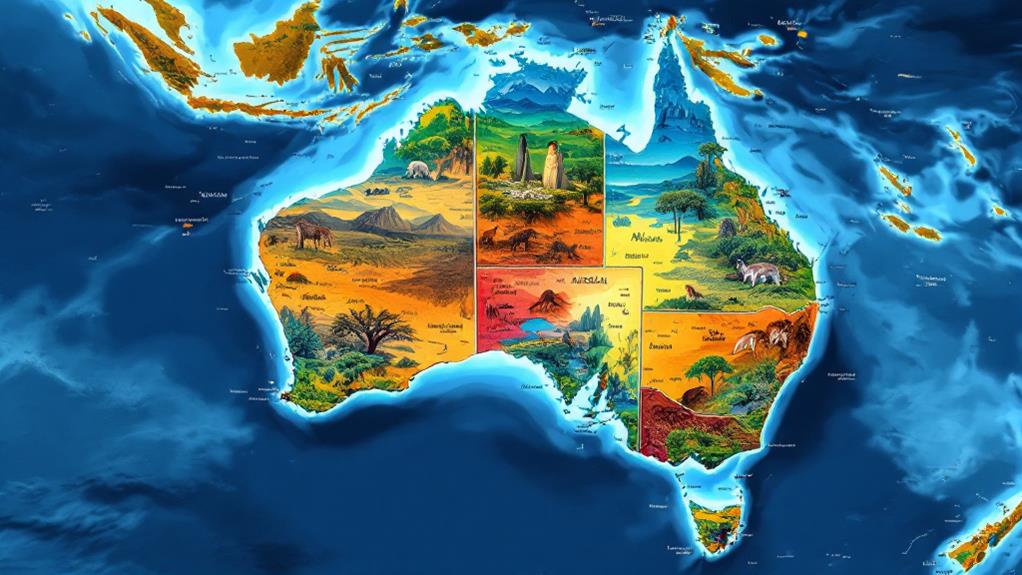
Exploring Australia's external territories, you'll find a collection of regions that differ markedly from the states regarding governance and representation. These territories, including the Australian Antarctic Territory, Norfolk Island, and Coral Sea Islands, are unique in their administration. Unlike states, they don't enjoy full representation in Parliament, which reflects their distinct status.
The Australian Antarctic Territory is the largest, spanning about 5.9 million square kilometers. It's governed under international treaties like the Antarctic Treaty System, emphasizing peaceful scientific pursuits. Norfolk Island, situated in the South Pacific, boasts a lively history and striking natural beauty, home to around 1,500 residents.
The Coral Sea Islands Territory is a cluster of uninhabited islands and reefs, primarily serving scientific research and environmental conservation efforts. These islands, managed by the Australian government, play a critical role in ecological studies.
Other external territories include Christmas Island and the Cocos (Keeling) Islands, known for their unique cultural and ecological attributes. Moreover, the Ashmore and Cartier Islands and Heard Island and McDonald Islands each possess distinct geological and ecological features, contributing to the diversity of Australia's external territories. They all highlight Australia's far-reaching jurisdiction and environmental stewardship.
New South Wales Highlights
Often celebrated for its lively culture and stunning landscapes, New South Wales (NSW) stands as Australia's most populous state. With a population of approximately 8,072,163, it's a lively hub of activity and diversity. At the heart of NSW lies Sydney, the capital city, known for its iconic landmarks like the Sydney Opera House and Harbour Bridge. As Australia's largest city, Sydney is a cultural and economic powerhouse, drawing visitors from around the globe.
NSW's land area covers 801,428 square kilometers, accounting for about 10.4% of Australia's total landmass. This expansive state offers a wealth of attractions. If you love the ocean, you'll find beautiful beaches such as Bondi and Byron Bay, perfect for sunbathing or surfing. For wine enthusiasts, the Hunter Valley wine region provides a delightful escape with its world-class vineyards and tasting experiences.
Outdoor activities abound in the scenic Blue Mountains, where you can hike, climb, or simply enjoy breathtaking views. NSW's rich history, being the initial state established with European settlement in 1788, adds a unique depth to its modern-day charm. Regardless of you're exploring its natural beauty or lively cities, NSW never disappoints.
Discovering Queensland
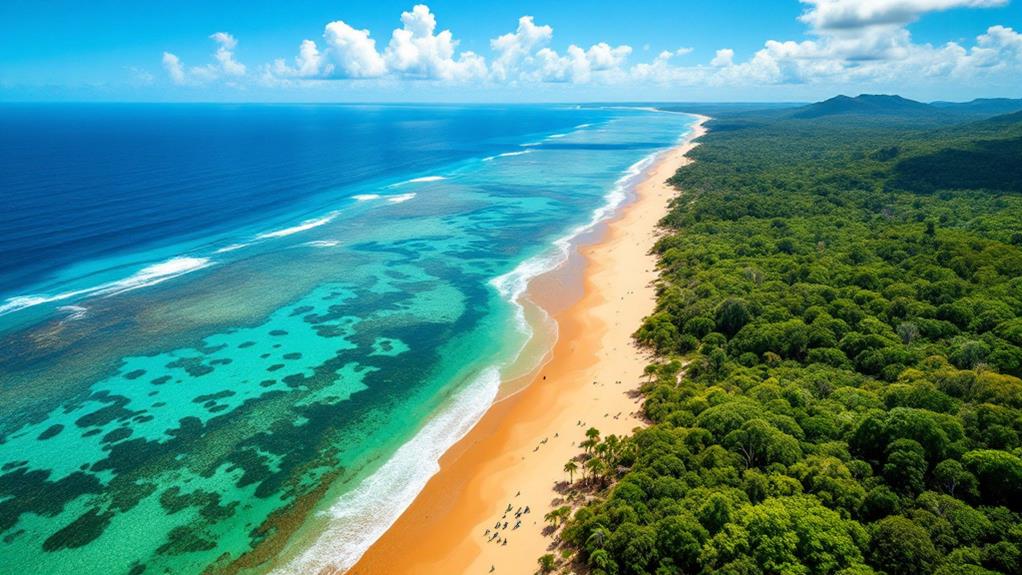
When you venture into Queensland, known as the Sunshine State, you're stepping into a land of incredible diversity and natural wonder. Located in northeast Australia, Queensland is the second-largest state by area, offering a vast playground for outdoor enthusiasts. It's famous for the Great Barrier Reef, the world's largest coral reef system, stretching over 2,300 kilometers along the coast. This UNESCO World Heritage site is a paradise for snorkeling, exploring underwater, and marine exploration.
Brisbane, the capital city, exudes a warm, welcoming vibe and boasts a population of around 1.2 million. The city is celebrated for its lively cultural scene, outdoor activities, and year-round pleasant weather. From art galleries to busy markets, Brisbane offers a variety of experiences for every traveler.
Queensland's landscapes include lush tropical rainforests and beautiful beaches, perfect for eco-tourism adventures. The Daintree Rainforest, another UNESCO World Heritage site, is one of the oldest rainforests in the world, offering a sanctuary for countless unique species. Regardless of whether you're hiking through dense foliage or relaxing on pristine sands, Queensland's natural beauty is unmatched. The blend of eco-tourism and outdoor activities makes this state a must-visit destination.
Exploring Victoria
Victoria, a lively state in southeastern Australia, captivates visitors with its rich cultural tapestry and stunning landscapes. As the second most populous state, Victoria boasts a population of approximately 6.5 million, with most residents living in its bustling capital, Melbourne. Known as Australia's cultural capital, Melbourne offers an impressive arts scene, diverse culinary delights, and hosts significant cultural events that draw visitors from around the globe.
When you traverse Victoria, you can't miss the iconic Great Ocean Road. This renowned route promises stunning coastal views and natural landmarks, including the awe-inspiring Twelve Apostles rock formations. It's an expedition that showcases the raw beauty of Victoria's coastline.
If you're a wine enthusiast, Victoria's wine regions, like the Yarra Valley and Mornington Peninsula, are must-visit destinations. These areas produce high-quality wines and host numerous wine festivals throughout the year, providing a taste of Victoria's lively viticulture.
Whether you're drawn by the arts scene in Melbourne, the breathtaking expedition along the Great Ocean Road, or the exquisite wines, Victoria offers a rich experience with its cultural vibrancy and natural splendor.
South Australia's Appeal
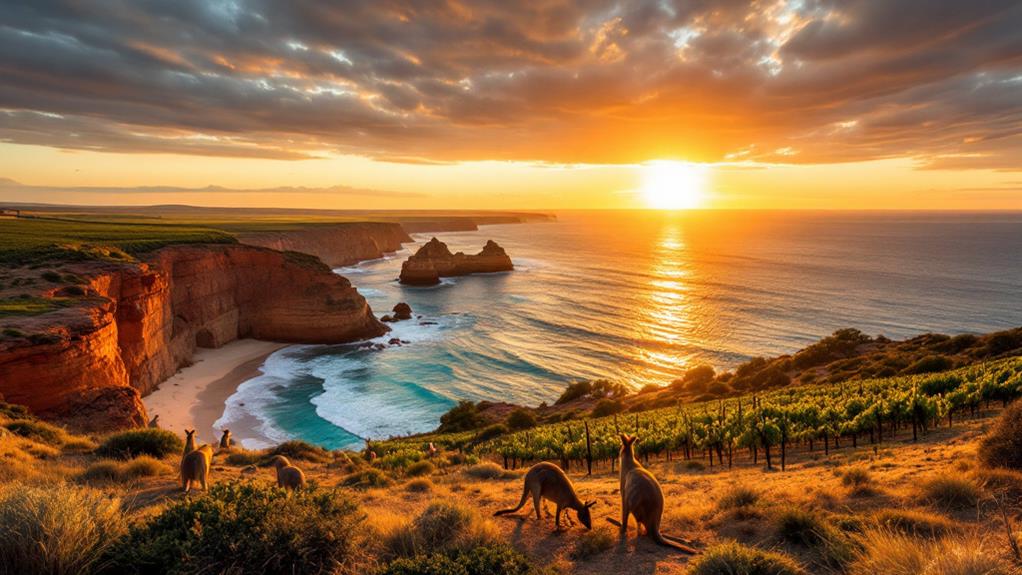
Amidst Australia's diverse tapestry, South Australia stands out with its unique charm and dynamic cultural scene. As the "Festival State," South Australia captivates with over 500 annual events celebrating its lively arts. In the capital, Adelaide, you can delve into festivals like the Adelaide Festival and Adelaide Fringe, which draw international acclaim. This city is not just an arts hub; it's also your gateway to some of the world's finest wine regions.
Venture beyond Adelaide to the Barossa Valley, where lush vineyards produce world-famous Shiraz and other varietals. This renowned wine region invites you to savor exquisite wines and bask in its scenic beauty. But South Australia offers more than just wine; its landscapes are remarkably diverse. Investigate the stunning Flinders Ranges or wander through the picturesque Kangaroo Island, home to unique wildlife you won't find anywhere else.
With a population of approximately 1.77 million, South Australia encompasses a laid-back lifestyle and community-focused living. It's a place where you can enjoy both the tranquility of nature and the excitement of cultural festivities. South Australia truly offers a rich tapestry of experiences, making it a must-visit destination.
Western Australia's Wonders
Western Australia captivates with its vast landscapes and extraordinary natural wonders, offering a multitude of adventures for every traveler. As Australia's largest state, it covers a staggering 2,529,875 km², about 32.87% of the country's total land area. Here, you'll find Perth, the capital city, celebrated for its stunning beaches and lively arts scene. Despite being one of the most isolated major cities—2,100 km from Adelaide—Perth remains a cultural hub.
When exploring Western Australia, you can't miss its remarkable natural landmarks:
- Ningaloo Reef: Immerse yourself in one of the world's largest fringing reefs, where swimming with whale sharks and exploring diverse marine life create unforgettable experiences.
- Purnululu National Park: Uncover the Bungle Bungles, iconic beehive-shaped rock formations offering breathtaking vistas and hiking opportunities.
- Wave Rock: Marvel at this incredible rock formation, aptly named for its resemblance to a giant ocean wave, perfect for a unique photo opportunity.
- Wine Regions: Savor premium wines in Margaret River and Swan Valley, two regions renowned for their exceptional vineyards and inviting cellar doors.
Western Australia's wonders await, promising an adventure filled with natural beauty and cultural richness.
Tasmania's Unique Charm
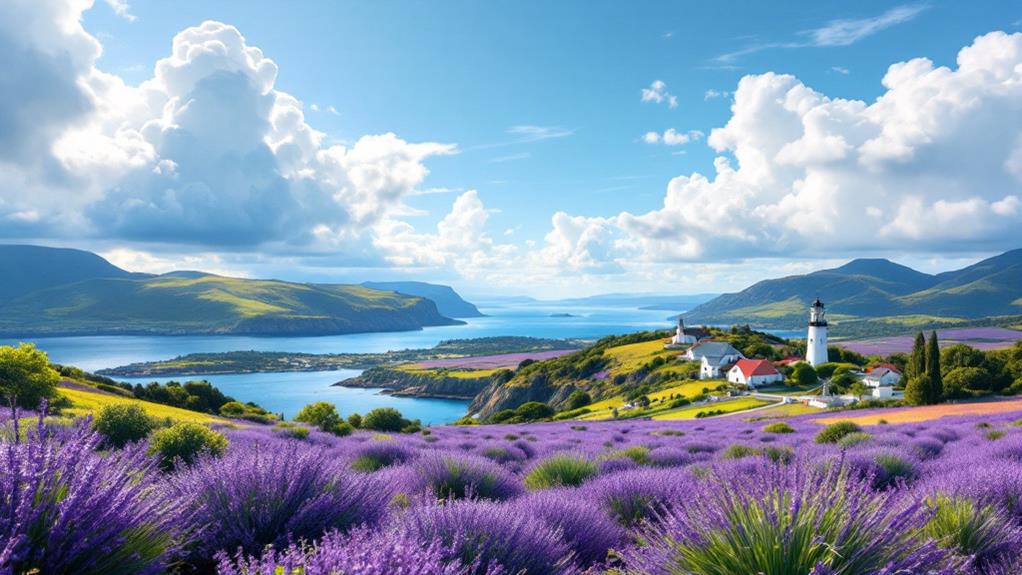
Although known as the "Apple Isle" for its rich horticultural history, Tasmania offers much more than just its produce. As Australia's only island state, it captivates with its distinct landscapes, from pristine beaches to rugged mountains and lush forests. When you visit Hobart, the lively capital city, you'll be drawn to its spirited arts scene and historic architecture. Don't miss the famous Salamanca Market, teeming with activity every Saturday, offering everything from handmade crafts to local delicacies.
Tasmania's natural allure is undeniable, especially with the UNESCO-listed Tasmanian Wilderness World Heritage Area. Covering over 1.5 million hectares, it showcases the island's unique flora and fauna, making it a nature lover's paradise. The state's cool climate is perfect for producing high-quality wines, cheeses, and seafood, which you can investigate along the different food and wine trails.
Despite being the smallest state by population, with approximately 557,571 residents in 2021, Tasmania boasts a rich cultural heritage influenced by both Indigenous and European history. This blend of cultures enriches the island's charm, making it a unique destination where nature, culture, and history intertwine seamlessly.
Northern Territory Adventures
With its vast expanse of diverse landscapes, the Northern Territory offers thrilling adventures for every adventurer. Start your expedition in Darwin, the lively capital that serves as a gateway to some of Australia's most famous national parks. From the lively streets of Darwin, venture into the heart of the Northern Territory and investigate the enchanting beauty of Uluru. This iconic natural landmark isn't just a stunning geological formation; it holds deep cultural significance for Indigenous Australians.
Kakadu National Park, a UNESCO World Heritage site, awaits you with its rich biodiversity and ancient Aboriginal cultural sites. It's a place where you can witness spectacular wildlife, navigate rugged terrains, and view rock art that dates back thousands of years. The Northern Territory's tropical climate adds to the adventure, offering a unique blend of experiences throughout the year.
Here are four must-do adventures in the Northern Territory:
- Visit Uluru: Marvel at the changing colors of this sacred site.
- Investigate Kakadu National Park: Uncover diverse wildlife and ancient rock art.
- Experience Darwin's lively culture: Enjoy its markets and waterfront.
- Learn about Aboriginal culture: Engage with the rich traditions and stories of Indigenous Australians.

